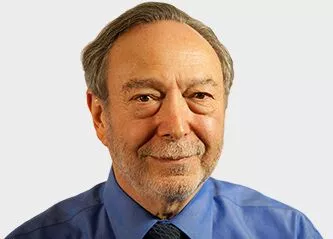NICABM – Why the Vagal System Holds the Key to the Treatment of Trauma
With Polyvagal Theory, you can track trauma’s impact on the nervous system to reduce symptoms and speed healing.
And once you know how trauma impacts your patient’s nervous system, you can adapt interventions to be faster and more effective.
That’s why we’re bringing you this short, focused course (at a discount) . . .
Why the Vagal System Holds the Key to the Treatment of Trauma
- The neural breakdown that leaves trauma survivors so vulnerable to future trauma
- One simple strategy to inhibit a client’s physiological response to threat
- Why some people are better able than others to feel safe again after trauma
- Three critical ways the head and facial muscles activate to calm a fear response
- How neuroception can help fuel a client’s irrational thoughts and behavior
- The specific way trauma impacts the hierarchy of the nervous system’s response
- What makes clients with a trauma history so vulnerable to trigger-behavior loops
- How trauma retunes the nervous system to be oversensitive to threats
- How to activate the part of the nervous system that promotes stronger social engagement
- How to shift a client’s physiological state to move them out of shutdown
About NICABM and Stephen Porges
NICABM
We proudly provide continuing education for practitioners who are dedicated to being the best in their craft. Our goal is to develop programs that connect you with the top experts and the latest strategies in the field, to help you achieve better outcomes, more quickly with each of your clients.
Stephen Porges
Stephen Porges is a distinguished scientist at the Kinsey Institute at Indiana University Bloomington and research professor in the Department of Psychiatry at the University of North Carolina at Chapel Hill.
He is a pioneer in developmental psychophysiology and his groundbreaking book, The Polyvagal Theory: Neurophysiological foundations of emotions, attachment, communication, and self-regulation has been instrumental in transforming our understanding of trauma.

